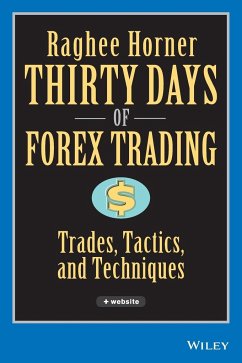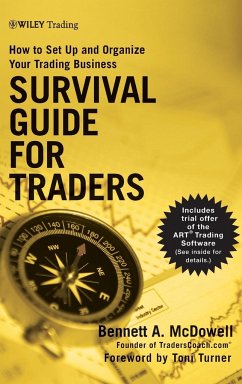
Trading Risk
Enhanced Profitability Through Risk Control
Versandkostenfrei!
Versandfertig in über 4 Wochen
67,99 €
inkl. MwSt.
Weitere Ausgaben:

PAYBACK Punkte
34 °P sammeln!
A revolutionary system for fearless trading without excessive risk "Trading Risk provides a useful and intuitive roadmap of the risk management process, as written by an individual with unique experience and insight into this topic. It is an engaging read and covers complex subject matter in a straightforward and often-entertaining manner." - Stanley Shopkorn, Shopkorn Associates "Ken Grant's eminently readable new book on risk management is a rare blend of theory and practical applications. It is a great starting point for the novice and deep enough for the experienced practitioner." - Mark R...
A revolutionary system for fearless trading without excessive risk "Trading Risk provides a useful and intuitive roadmap of the risk management process, as written by an individual with unique experience and insight into this topic. It is an engaging read and covers complex subject matter in a straightforward and often-entertaining manner." - Stanley Shopkorn, Shopkorn Associates "Ken Grant's eminently readable new book on risk management is a rare blend of theory and practical applications. It is a great starting point for the novice and deep enough for the experienced practitioner." - Mark R. Graham, Managing Partner, Blue Elite Fund, Ltd. "This book describes a very practical approach to risk management in a lucid and entertaining manner. Anyone concerned with the topic of risk management ought to find it of interest." - Susan Estes, Managing Director, Countrywide Securities "Thoughtful, unique, detailed, actually enjoyable, and comprehensible reading for what is normally a boring and confusing topic." - Dwight Anderson, President, Osprei Management, LP "A must-read for risk managers of companies of all sizes who want to preserve capital and take practical advantage of trends in the marketplace. This is a clearly written, funny, and entertaining guide to a very serious topic that affects all corporations. This very complex topic was simplified and made easy to understand by a true expert in the art of risk management." - Phupinder Gill, Managing Director & President Chicago Mercantile Exchange












